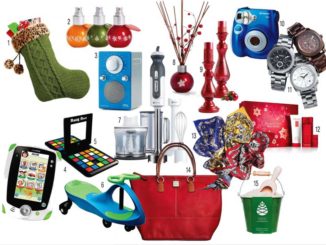
The definition and understanding of aesthetics has undergone significant transformation in recent years. The term originally referred to beauty and the appreciation of beauty. However, contemporary perception consists of visuals reminiscent of film, television, books and pre-existing subcultures. While millennials experimented with visual identities on Tumblr and Pinterest, TikTok and Instagram have paved the way for Generation Z.
In recent months these platforms have given rise to two opposing looks dubbed as “that girl” and “messy girl” aesthetics. Highly curated videos outlining how to become “that girl” have gained 3.6 billion views on TikTok and 564K shares on Instagram. The movement is marketed to show young women becoming their best self and reaching their full potential. In reality, the fad spreads toxic positivity by placing extreme emphasis on productivity and wellness. Such content forces pressure on young women to appear perfect. In response, many users have taken to the app rebelling against such unattainable standards and revealing their “messy girl” lifestyles. In stark contrast to “that girl” the “messy girl” replaces matcha lattes, early morning workouts, and perfect makeup with dirty martinis, clubbing, and smudged eyeliner.
The “messy girl” aesthetic blends 90’s grunge and 80’s grandeur with a salacious attitude and acts as a reimagining of late noughties indie fashion. Original pioneers of the effortless style included Mary-Kate and Ashley Olsen. The famous sisters rocked “hangover chic” like nobody else. They strutted the streets of NYC wearing oversized shirts, ripped tights, and knee high boots. Their messy hair, smokey eyeliner, and smeared lipstick gave the so-called “walk of shame” a certain desirability. The re-emergence of this Y2K trend has coincided with the reopening of nightclubs, helping to promote the wild lifestyle once again. Young celebrities and influencers like Lily-Rose Depp and Olivia Neill perpetuate the “messy girl” persona as they share their bold antics and streaky mascara across social media.
TikTok and Instagram are more popular and more powerful than ever before. An influx of trends and aesthetics can increase creativity among users and bring communities together. However, trends such as “that girl” have been linked with glamorising eating disorders. The contrasting “messy girl” image shows a carefree lifestyle, but is this really the case? The “messy girl” has made it uncool to care too much and has made it a necessity to appear effortlessly perfect. As cliché as it sounds, maybe the best aesthetic is just to be ourselves.
Abigail Cardiff



